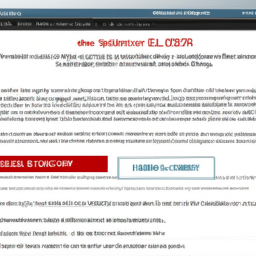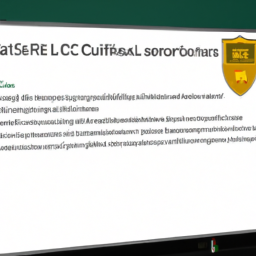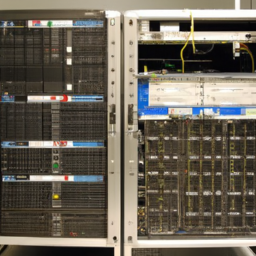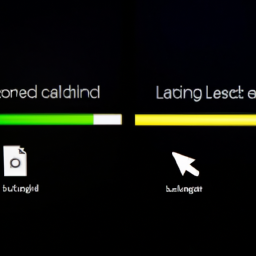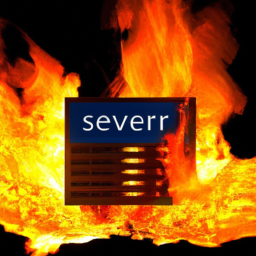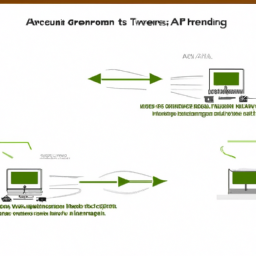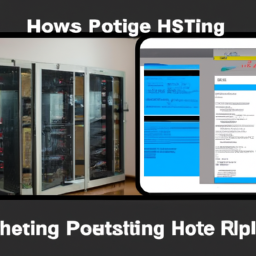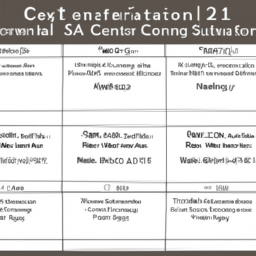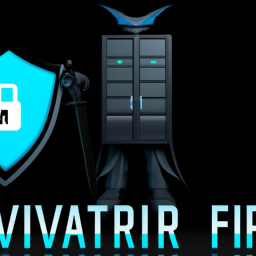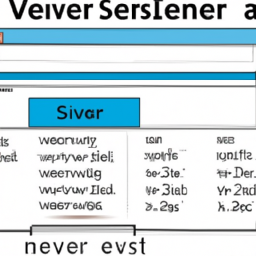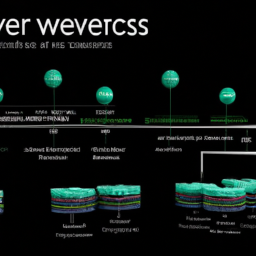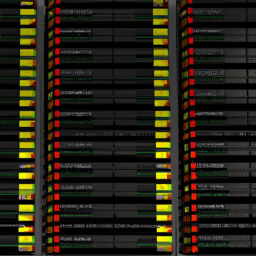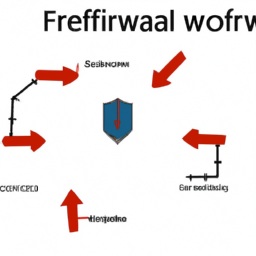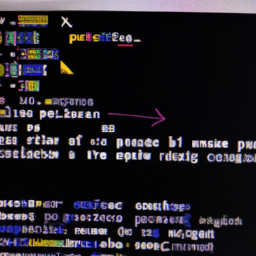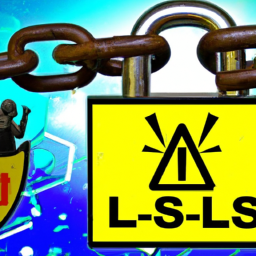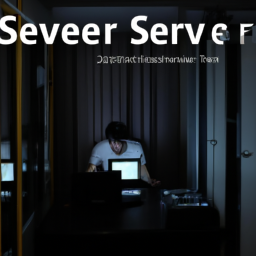Have you ever experienced the frustration of launching a new subdomain or setting up a wildcard entry on your website, only to find that it’s not accessible right away? This is due to the phenomenon known as DNS propagation, which can cause delays in the visibility of these changes.
Understanding the impact of DNS propagation is crucial for website owners and administrators who want to ensure a smooth and seamless user experience.
In this article, we will delve into the challenges posed by DNS propagation specifically for subdomains and wildcard entries. We will explore the timeframe for propagation, potential inconsistencies that may arise, and techniques to mitigate its effects.
By following best practices for managing DNS changes and utilizing monitoring tools, you can minimize downtime and optimize the accessibility of your subdomains and wildcard entries.
Join us as we unravel the intricacies of DNS propagation and equip you with the knowledge to navigate its impact on your website.
Key Takeaways
- DNS propagation can take anywhere from a few minutes to several hours, so planning and scheduling DNS changes carefully is crucial to minimize negative impact on website accessibility.
- Troubleshooting DNS propagation for subdomains and wildcard entries can be complex and may require clearing DNS cache and double-checking DNS records.
- Inconsistencies or delays in propagation can result in inaccessibility or improper functioning of subdomains and wildcard entries, so monitoring propagation progress using online tools or DNS lookup services is recommended.
- Lowering the TTL value of DNS records before making changes can help reduce propagation time and promptly troubleshooting DNS propagation issues is crucial for ensuring proper website functionality.
Understanding DNS Propagation and its Impact on Website Accessibility
You’ll be amazed at how DNS propagation can affect the accessibility of your website, and understanding its impact is crucial for an enjoyable online experience.
DNS propagation refers to the time it takes for DNS changes to propagate across the internet, making your website accessible to users. The relevance of this subtopic lies in the fact that subdomains and wildcard entries are commonly used by website owners to organize and manage their content.
However, when making changes to these elements, such as adding or updating subdomains or wildcard entries, DNS propagation speed becomes a significant factor. It can take anywhere from a few minutes to several hours for these changes to take effect, resulting in potential downtime or inaccessibility for users.
This highlights the importance of planning and scheduling DNS changes carefully to minimize any negative impact on your website’s accessibility.
Moving forward, let’s explore the challenges of DNS propagation for subdomains and wildcard entries.
The Challenges of DNS Propagation for Subdomains and Wildcard Entries
Experiencing challenges in the timely resolution of domain names can lead to difficulties in establishing and managing specific branches of your website, as well as the ability to efficiently implement and maintain flexible and dynamic routing for various components of your online presence.
When it comes to subdomains and wildcard entries, the challenges of DNS propagation become more pronounced. Troubleshooting DNS propagation for these elements can be particularly complex, as it involves ensuring that the correct DNS records are propagated across all DNS servers worldwide. Any inconsistencies or delays in propagation can result in subdomains or wildcard entries not being accessible or functioning properly.
These challenges highlight the importance of closely monitoring DNS propagation and promptly addressing any issues that arise. Transitioning into the subsequent section about the timeframe for DNS propagation and potential inconsistencies, it is crucial to understand the factors that can affect the resolution process.
Timeframe for DNS Propagation and Potential Inconsistencies
The process of DNS propagation for subdomains and wildcard entries can sometimes take longer than expected, leading to potential delays in the accessibility and functionality of certain aspects of your online presence. It’s important to be aware of the timeframe for DNS propagation and potential inconsistencies that may arise during this process.
Here are some troubleshooting tips to help you navigate through potential delays:
- Clear your DNS cache to ensure you’re accessing the most up-to-date information.
- Double-check your DNS records to make sure they’re correctly configured.
- Contact your DNS provider for assistance if you encounter any issues.
- Monitor the propagation progress using online tools or DNS lookup services.
By understanding the potential delays and following these troubleshooting tips, you can mitigate the effects of DNS propagation on subdomains and wildcard entries. This ensures a smoother transition and minimizes any disruptions to your online presence.
Mitigating the Effects of DNS Propagation on Subdomains and Wildcard Entries
To ensure a seamless transition and avoid any disruptions to your online presence, it’s crucial to take proactive measures in mitigating the effects of DNS propagation on your subdomains and wildcard entries.
Managing DNS changes efficiently is key to minimizing the impact of propagation delays. One effective approach is to lower the TTL (Time To Live) value of your DNS records before making any changes. This will reduce the time it takes for DNS caches to update and propagate the new information.
Additionally, troubleshooting DNS propagation issues promptly can help identify and resolve any potential problems that arise. Regularly monitoring the propagation status of your subdomains and wildcard entries can provide valuable insights into the progress of the changes.
By staying proactive and vigilant, you can navigate the challenges of DNS propagation and ensure a smooth transition to your updated online presence.
Moving on to best practices for managing DNS changes and minimizing downtime…
Best Practices for Managing DNS Changes and Minimizing Downtime
Get ready to conquer the DNS change battlefield and keep your online presence intact by implementing these top-notch strategies to minimize any hiccups along the way!
Here are three best practices for managing DNS updates and reducing DNS propagation time:
-
Plan Ahead: Before making any DNS changes, create a detailed plan outlining the changes you need to make and the order in which they should be implemented. This will help you stay organized and minimize the chances of errors or downtime.
-
Use Short TTLs: Time-to-Live (TTL) is a setting that determines how long DNS records can be cached by DNS servers. By setting a shorter TTL, you can reduce the time it takes for DNS changes to propagate across the internet.
-
Monitor and Test: Constantly monitor the progress of DNS propagation using online tools or services. This will help you identify any issues or delays and take corrective action promptly.
By following these best practices, you can ensure a smooth transition during DNS changes and minimize any potential downtime.
Now, let’s explore tools and techniques for monitoring DNS propagation progress.
Tools and Techniques for Monitoring DNS Propagation Progress
Ready to keep an eye on how your DNS changes are spreading across the internet? Let’s check out some nifty tools and techniques for monitoring the progress of DNS propagation.
Monitoring techniques play a crucial role in ensuring smooth and efficient propagation of DNS changes. One popular method is using online DNS monitoring services that continuously check the status of your DNS records from multiple locations worldwide. These services provide real-time updates and alerts, allowing you to identify any issues and take immediate action.
Additionally, troubleshooting tools like DNS lookup tools and traceroute can help you diagnose and troubleshoot any potential problems with DNS propagation. By using these monitoring techniques and troubleshooting tools, you can proactively manage and resolve any issues that may arise during the DNS propagation process, ultimately minimizing downtime and ensuring a seamless experience for your users.
Frequently Asked Questions
How does DNS propagation affect website performance and load times?
DNS propagation can have a significant impact on website availability and load times. When DNS changes are made, it takes time for these changes to propagate across all DNS servers globally. During this propagation period, some users may still be directed to the old DNS records, resulting in website unavailability.
Additionally, DNS caching plays a crucial role in website performance. Caching allows DNS responses to be stored locally, reducing the time it takes to resolve domain names and improving load times for users.
Can DNS propagation cause any security vulnerabilities for subdomains and wildcard entries?
DNS propagation can potentially cause security vulnerabilities for subdomains and wildcard entries. During the propagation process, where DNS changes are being distributed across the internet, it’s possible for unauthorized parties to intercept and manipulate the DNS records. This can lead to malicious activities such as redirecting traffic to unauthorized servers or phishing attacks.
Additionally, DNS caching plays a crucial role in subdomain management. It can delay the propagation of changes and potentially expose outdated or vulnerable subdomains to security risks.
Is there a way to expedite the DNS propagation process for subdomains and wildcard entries?
To expedite DNS propagation for subdomains and wildcard entries, there are a few troubleshooting steps you can take.
First, ensure that you’ve correctly configured your DNS settings and that there aren’t any errors in your DNS records.
Next, you can try reducing the TTL (Time to Live) value for the affected subdomains or wildcard entries. This can help speed up propagation.
Additionally, you can reach out to your DNS provider for assistance or consult online resources for further guidance.
Are there any specific measures that can be taken to minimize the impact of DNS propagation on SEO efforts?
To minimize the impact of DNS propagation on your SEO efforts, there are some best practices you can follow.
Firstly, ensure that your DNS settings are properly configured and optimized for faster propagation.
Additionally, consider implementing a content delivery network (CDN) to distribute your website across multiple servers, reducing latency.
Finally, regularly monitor and optimize your website’s performance to mitigate any potential negative effects caused by DNS propagation delays.
Following these measures can help minimize SEO impact during DNS propagation.
Are there any potential risks or drawbacks associated with using wildcard entries for subdomains?
Yes, there are potential risks and drawbacks associated with using wildcard entries for subdomains.
One risk is the potential for security vulnerabilities as wildcard entries can make it easier for hackers to exploit subdomains.
Additionally, managing wildcard entries can be challenging as it may result in unintended consequences, such as misconfigured subdomains or conflicts with existing subdomains.
It’s important to carefully evaluate the potential risks and drawbacks before deciding to use wildcard entries for subdomains.
Conclusion
In conclusion, navigating the treacherous waters of DNS propagation can feel like taming a wild beast. The impact on subdomains and wildcard entries is akin to untangling a web of confusion.
As you patiently wait for the changes to propagate, it’s like watching a flower bloom in slow motion. But fear not, for there are tools and techniques that can help monitor this process.
By following best practices and staying vigilant, you can minimize downtime and ensure smooth sailing in the vast ocean of DNS propagation.




















